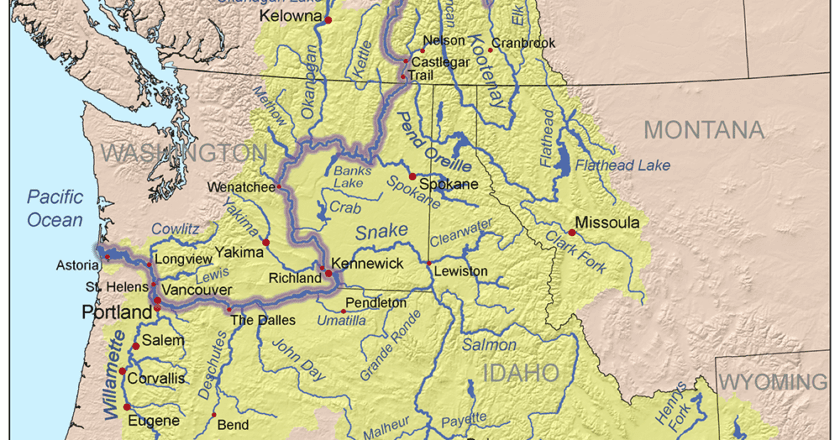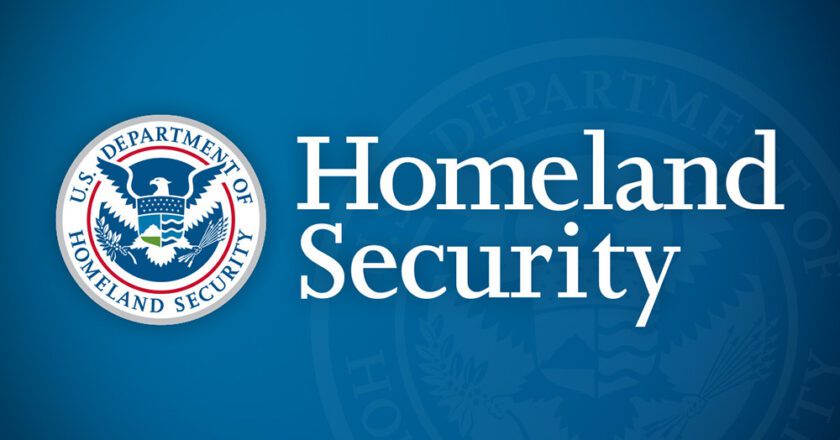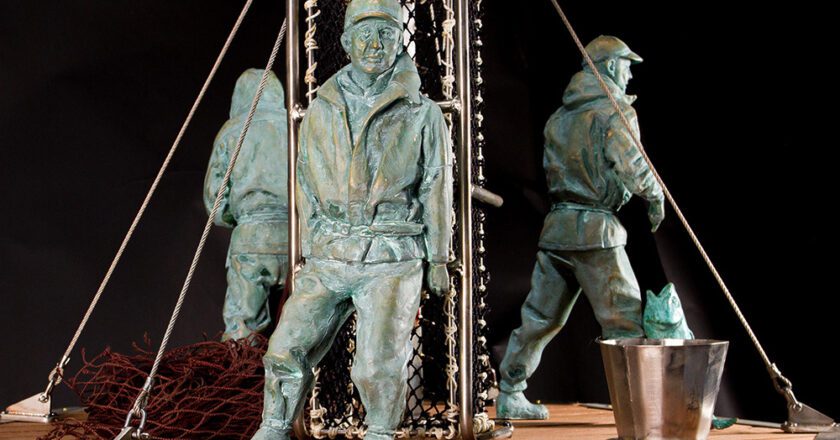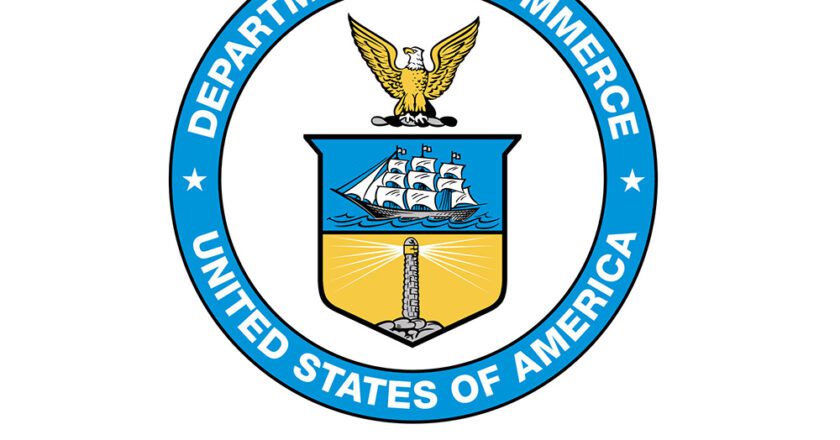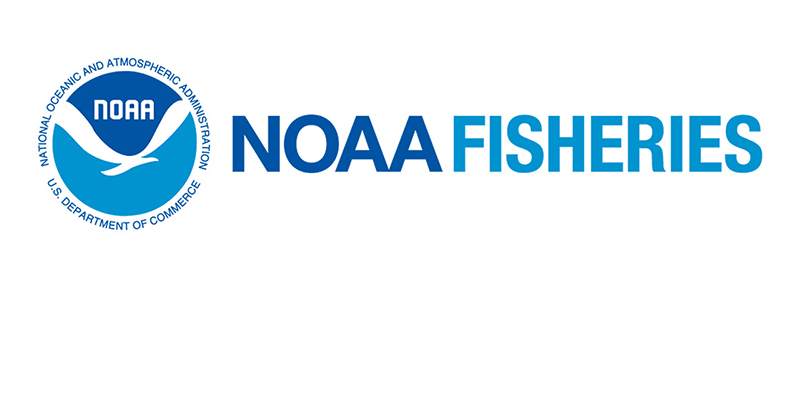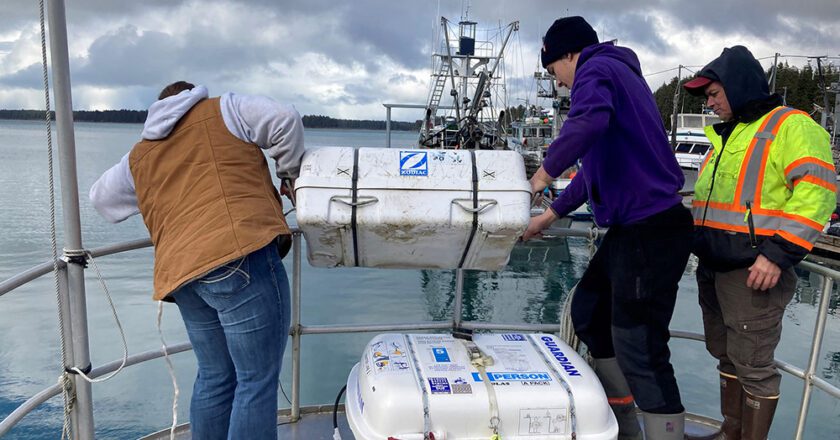U.S., Canada Agree in Principle on Updates to Columbia River Treaty
An agreement in principle has been reached regarding key elements of updating the 60-year-old Columbia River Treaty to reflect changing climate and other needs of communities economically dependent on the river and its tributaries.
A White House statement on negotiations issued July 11 noted the importance of the Columbia River to the U.S. economy, generating 40% of the country’s hydropower, irrigating $8 billion in agriculture products and moving 42 million tons of commercial cargo annually.
The U.S. and Canada have managed the waterways jointly for 60 years. In May 2018, the two nations began negotiating to update the treaty for the next 20 years.
White House officials said that in modernizing the treaty they would elevate the voices of U.S. Native tribes and Canada’s indigenous nat...

